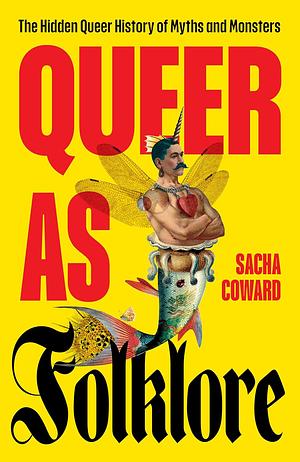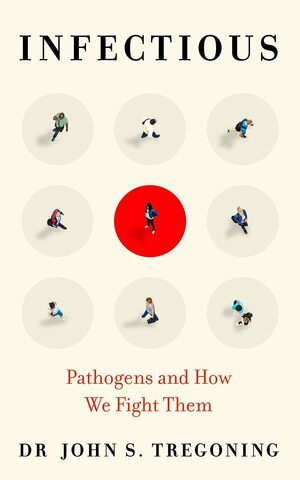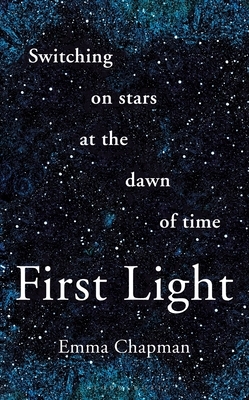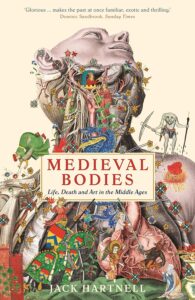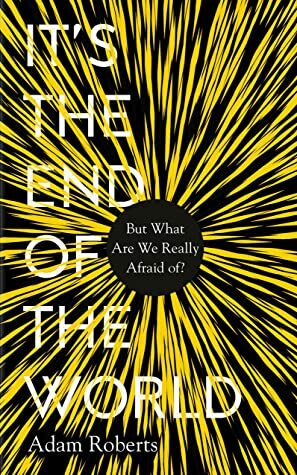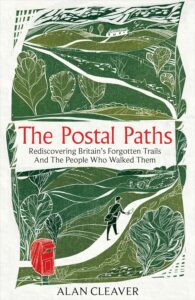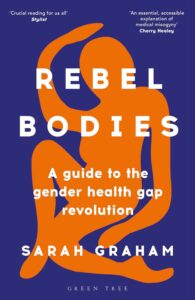
A History of the World in 47 Borders: The Stories Behind the Lines on Our Maps
by Jonn Elledge
Genres: History, Non-fictionPages: 352
Rating:

Synopsis:People have been drawing lines on maps for as long as there have been maps to draw on. Sometimes rooted in physical geography, sometimes entirely arbitrary, these lines might often have looked very different if a war or treaty or the decisions of a handful of tired Europeans had gone a different way. By telling the stories of these borders, we can learn a lot about how political identities are shaped, why the world looks the way it does - and about the scale of human folly.
From the Roman attempts to define the boundaries of civilisation, to the secret British-French agreement to carve up the Ottoman Empire during the First World War, to the reason why landlocked Bolivia still maintains a navy, this is a fascinating, witty and surprising look at the history of the world told through its borders.
Jonn Elledge’s A History of the World in 47 Borders is very breezy and flippant, and that’s both part of what makes it enjoyable and part of what makes it frustrating. It turns out that 47 (48 in the edition I have, actually, since an additional chapter on Poland is included) chapters leave not a lot of pages to cover each border, including some very complicated situations that have sparked wars and genocides. He sometimes makes light of the issues in a way that makes me uncomfortable, because they haven’t always been possible to reduce to a snarky footnote.
I did learn stuff from this book, and enjoy too in some ways, but… at the same time, it really is brief, and I don’t think I could explain most of it reasonably clearly to anyone else, it’s so simplified. The sources worry me, given that (for example) the sources on the Partition of India turn out to be chiefly two documentaries. Now, the documentaries do apparently include (alleged) first-hand accounts, but. Hm.
As a piece of popular history writing, I should possibly rate it higher — I did enjoy it and found it reasonably absorbing. But doubts grew as I read, and, well, here I am.
Rating: 2/5 (“it was okay”)

